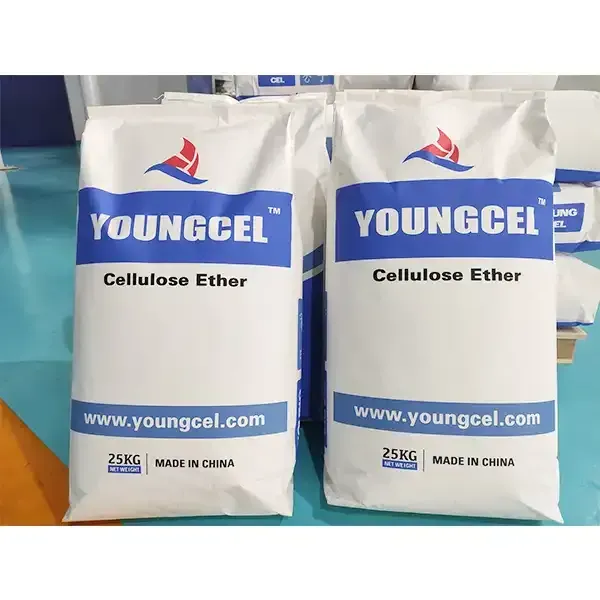The Role of Additives in Cement Production
Cement is a critical binding material used in construction, forming the backbone of many infrastructure projects around the world. The quality and performance of cement can be significantly enhanced by the incorporation of various additives. These additives, also known as admixtures, are essential for improving specific properties of cement, thereby contributing to the overall performance and sustainability of concrete.
What Are Additives?
Additives are substances added to cement during the mixing process to alter its properties. They can help improve workability, set time, strength, durability, and resilience against environmental factors. Additives can either be mineral or chemical in nature. Some common types of additives include plasticizers, accelerators, retarders, and air-entraining agents.
Types of Additives and Their Functions
1. Plasticizers These are used to improve the workability of concrete without increasing the water content. Plasticizers allow for easier mixing, pouring, and finishing processes, which is essential for large construction projects where time and efficiency are of the essence.
2. Accelerators As the name suggests, accelerators speed up the setting time of cement. This property is particularly beneficial in cold weather conditions when the hydration process of cement is slowed down. Using accelerators can help construction projects maintain their schedule even in less-than-ideal weather conditions.
3. Retarders Conversely, retarders prolong the setting time of cement. This can be advantageous in hot climates, where quick setting might adversely affect the quality of the mixed product. Retarders allow more time for mixing and application, ensuring that the material is workable.
4. Air-Entraining Agents These additives introduce tiny air bubbles into the concrete mix, improving its resistance to freeze-thaw cycles. This is especially critical in regions with cold climates, where moisture can freeze and expand, leading to cracks and structural damage over time.
additive for cement

5. Mineral Additives These include materials like fly ash, silica fume, and slag, which can improve the strength and durability of cement. For example, fly ash is a byproduct of coal combustion and can replace a portion of Portland cement, making concrete more environmentally friendly by reducing greenhouse gas emissions.
Benefits of Using Additives
The incorporation of additives in cement not only improves the performance of the material but also contributes to sustainability efforts in the construction industry. By enhancing the durability and service life of concrete, additives help to reduce repair and replacement costs, thereby conserving resources and minimizing waste.
Moreover, many additives can be derived from waste materials, offering a twofold benefit they bolster performance while simultaneously reducing environmental impact. For instance, incorporating industrial byproducts like fly ash or slag minimizes landfill waste and lowers the carbon footprint associated with cement production.
Challenges and Considerations
Despite the numerous benefits of using additives, careful consideration must be given to their selection and dosage. Over-reliance on certain additives might lead to issues such as reduced strength or increased shrinkage in the final product. It's essential for engineers and material specialists to conduct thorough testing and evaluations to find the right balance for specific project requirements.
Additionally, the compatibility of additives with other components of concrete, such as aggregates and water, must be assessed to ensure performance standards are met. Advances in technology and research continue to pave the way for innovative additives that better meet the evolving needs of the construction industry.
Conclusion
In conclusion, the use of additives in cement production plays a pivotal role in optimizing concrete's performance and addressing the challenges faced in modern construction. As the industry moves towards more sustainable practices, the role of these additives will become increasingly significant. The careful selection and utilization of additives not only enhance the quality of cement but also contribute to more efficient, durable, and environmentally-friendly construction practices. By embracing these innovations, the construction sector can better meet the demands of a growing population while safeguarding the planet for future generations.
-
Rdp Powder: Key Considerations for Wholesalers in the Building Materials IndustryNewsJul.08,2025
-
Key Considerations for Wholesalers: Navigating the World of Hpmc - Based ProductsNewsJul.08,2025
-
Hpmc Detergent: Key Considerations for WholesalersNewsJul.08,2025
-
Key Considerations for Wholesalers: China Hpmc For Tile Adhesive, Coating Additives, Concrete Additives, and MoreNewsJul.08,2025
-
Crucial Considerations for Wholesalers: Navigating the World of Construction MaterialsNewsJul.08,2025
-
Key Considerations for Wholesalers Sourcing Additive For Cement, Additive For Concrete, Additive For Putty from Additive Manufacturer Shijiazhuang Gaocheng District Yongfeng Cellulose Co., Ltd.NewsJul.08,2025




